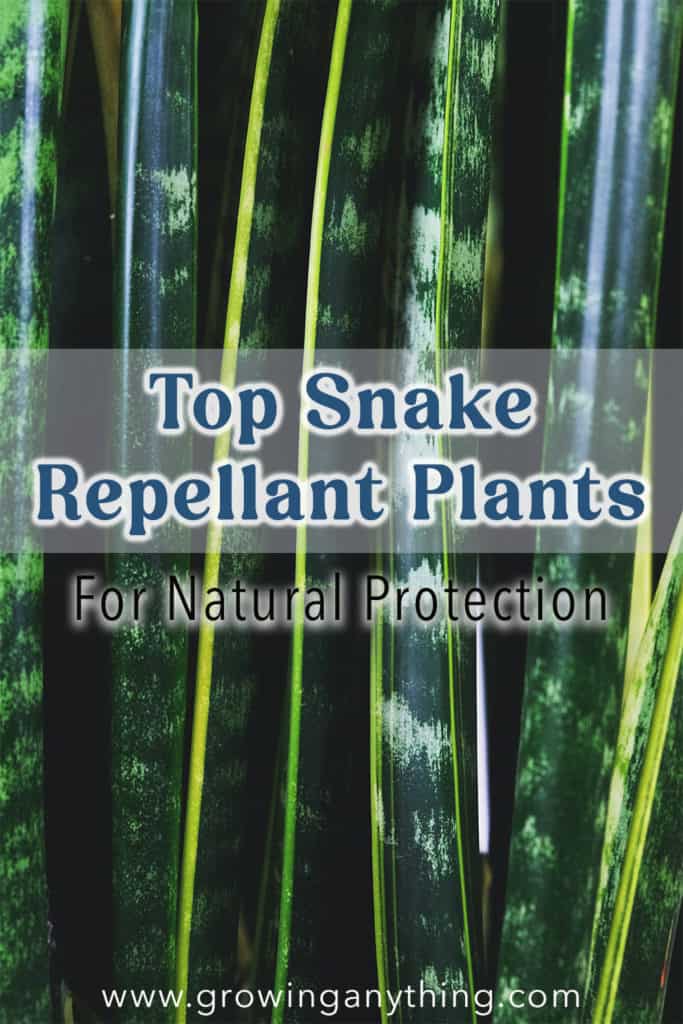Top 21 Snake Repellant Plants
Snake repellant plants have distinctive smells which keep the serpents away from your garden! Knowing more about these plants allows you to make a selection of the plants you’ll grow around the patio or in your garden.
Snakes are inevitable in nature, but no one likes to see them in their garden! Even though you are more likely to come across a non-venomous snake than a venomous one, you can save yourself the stress of seeing a snake crawling around your plants!
If you are scared of snakes, get notes from the following list!
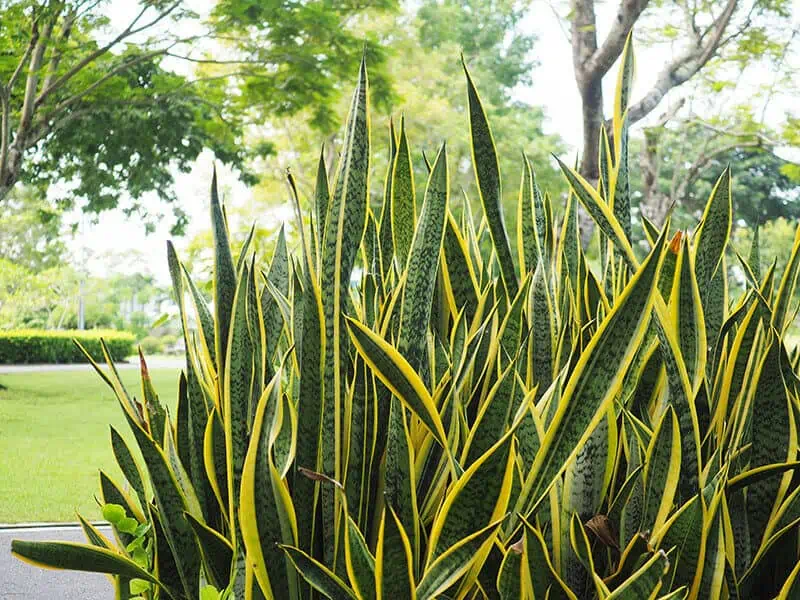
1. Marigold
Marigold plant is such a lovely addition to every garden. It develops bright and cheerful flowers, and the plant is easy to grow from seeds. The first blooms will appear in eight weeks after sprouting! Sow the seeds after the last frost and wait for the Marigold to brighten up your garden.
The blooms develop a pungent odor which keeps snakes away. It also repels deers and some larger insects and nematodes.
Marigold seeds are cheap and the plant is low-maintenance, so why not try them as a natural protection for your garden? You won’t regret it!
2. West Indian Lemongrass
Cymbopogon citratus or West Indian Lemongrass is another snake-repellant plant. It needs a lot of moisture to grow, so it is suitable for areas with at least 25 inches of yearly rainfall. If you live in a drier climate, you have to water your West Indian Lemongrass frequently and thoroughly.
If you want to grow them as annuals, plant your Lemongrass as close as possible to each other. It will result in a bushier appearance.
The plant is ideal for zones from nine to 13, and you can also grow it in pots. Place the pot on the patio if you don’t want nasty serpents to crawl around!
3. Snake Plant

For some reason, people believe that the Snake plant or Dracaena trifasciata attracts snakes! But, the plant actually does the opposite – it repeals them.
The plant doesn’t emit smell or nectar, which will keep the snakes away. Instead, snakes don’t get near the plant, because they are afraid of the sharp and pointy foliage.
You can grow a Dracaena plant on the borders of your garden, for ultimate protection and a pretty visual effect.
If you keep it indoors, the Snake plant also filters the air.
4. Yucca
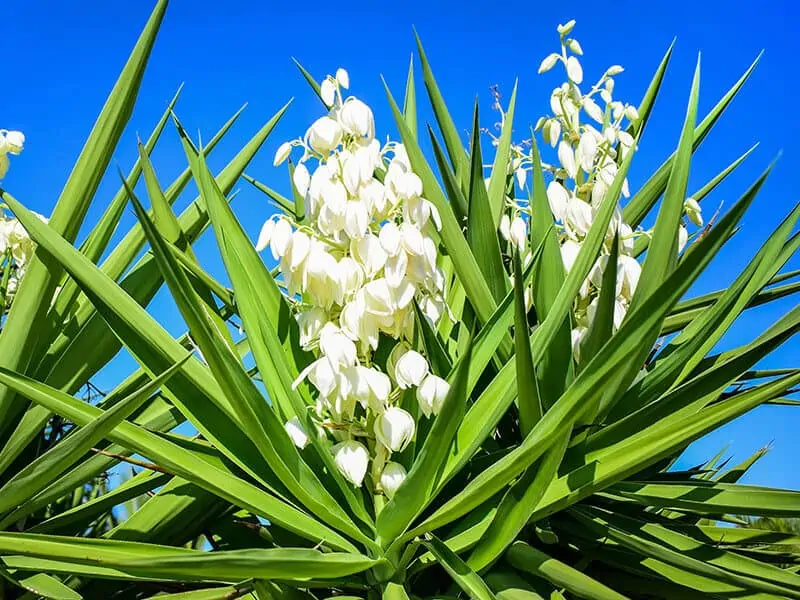
Yucca plant repels snakes for the same reason Snake plant – because of the sharp and pointy leaves.
Yucca plants grow best in soil-based compost. You can also add sand or grit to improve drainage. If you grow Yucca in containers, you’ll have to repot it every two years.
The plant prefers a bright spot, so a south-facing or west-facing corner of your garden or patio is ideal. The plant needs protection from cold temperatures, but you can bring it outdoors during warmer parts of the year.
5. Mugwort
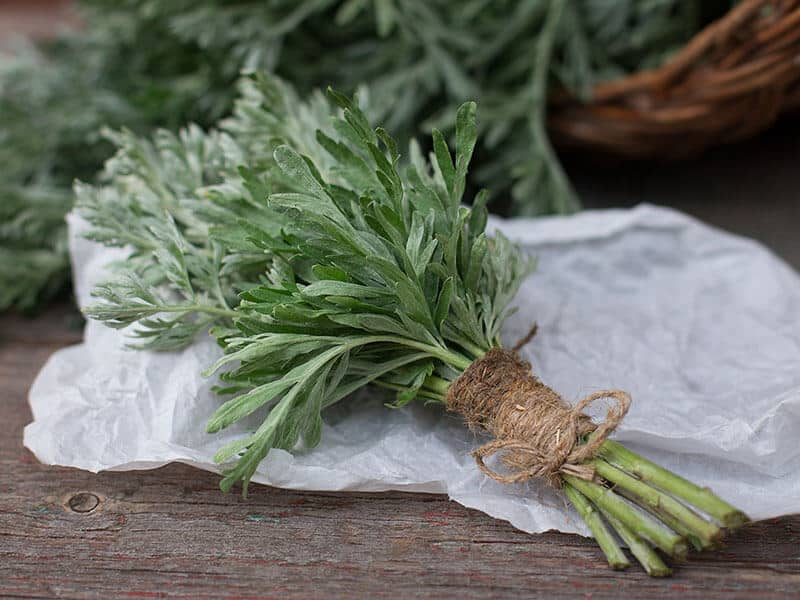
Artemisia vulgaris is the scientific name of the plant Mugwort.
Mugwort is effective in keeping snakes and some insects away. But, if you decide to grow it in your garden, monitor the plant as it can become invasive and overcome your entire garden! Also, don’t plant it near other plants, because it can negatively affect them.
Mugwort prefers full sunlight and moderately moist, well-drained soil.
You can grow it in partial shade, but with less moisture. The plant is adaptable to various soils.
You can grow the plant for seeds without issues!
6. White Snakeroot
Ageratina or Snakeroot spread a subtle smell that snakes hate!
The plant is easy to grow in fertile and alkaline soil. But, it can also tolerate neutral soil with plenty of organic matter.
You can propagate it by rhizomes in the early spring and enjoy your garden snake-free year-round.
Additionally, Ageratina will benefit from slow-release fertilizer application in spring and a lot of water.
7. Society Garlic
Tulbaghia violacea or Society Garlic is a perennial plant that prefers full sun exposure. The plant can be grown in many climates, including areas with colder winters. But, during extreme frosts, you can bring the plant indoors to ensure winter protection. You can also protect the plants with deep dry mulch from frost.
Fertile and moist soil is important for Society Garlic plant. You can add horticultural sand to improve the drainage and prevent issues from overwatering.
The plant has excellent heat and drought tolerance. You can grow it in the shade as well, but the plant won’t bloom. It also won’t be as effective in repealing serpents.
8. Pink Agapanthus
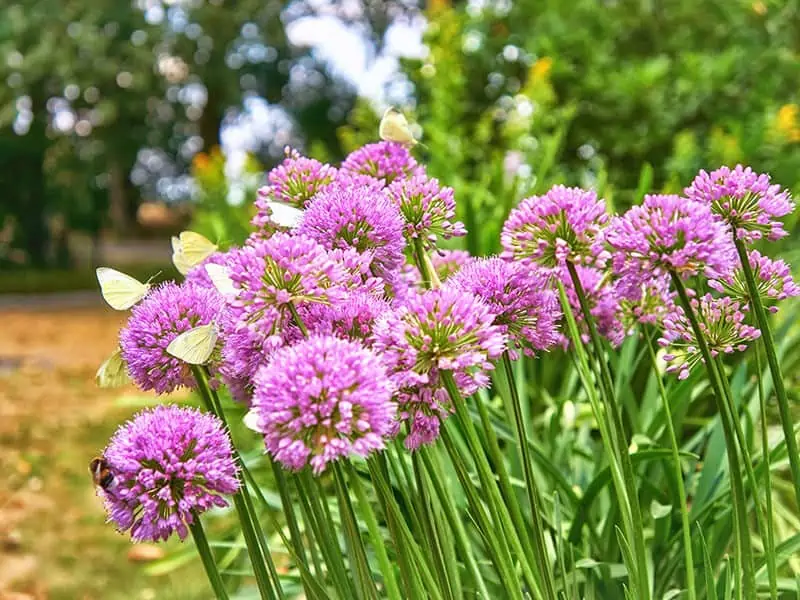
Provide Agapanthus plant with at least eight hours of sunlight per day to ensure optimal growth. Plant it in fertile and well-draining soil to prevent water clogging.
You can grow the plant in zones from eight to 11, but some varieties can also grow in colder climates.
Overall, Agapanthus is easy to grow. In ideal cases, the Agapanthus will come back and produce a flower the next season as well!
9. King of Bitters
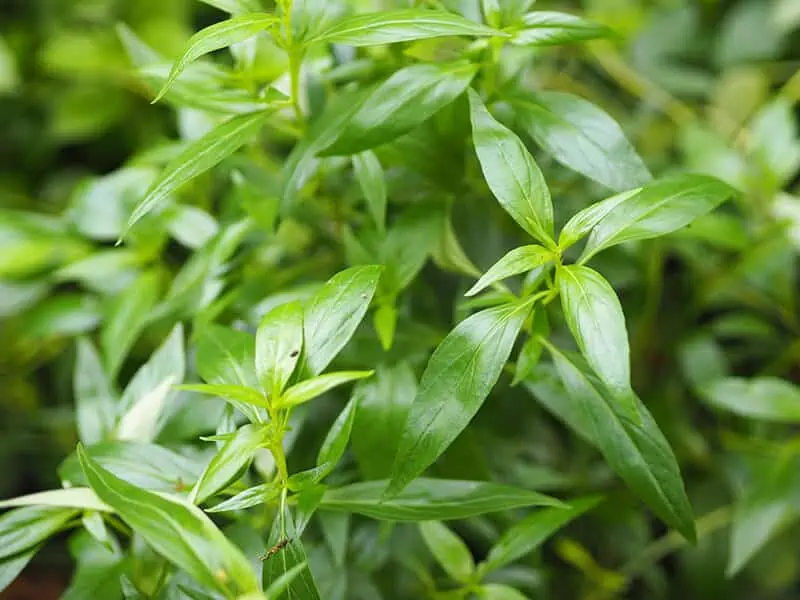
Andrographis paniculata or King of Bitters is another easy-to-grow, attractive plant for your garden. Start by sowing the seeds below the surface and water thoroughly. The seeds should germinate in two weeks.
Ideal conditions for King of Bitters are partial shade and moderate watering. If you want to induce a bushier appearance and healthier foliage, pinch the blooms as they appear. It will give the signal to a plant to use all nutrients for foliage growth.
10. Skunk Cabbage
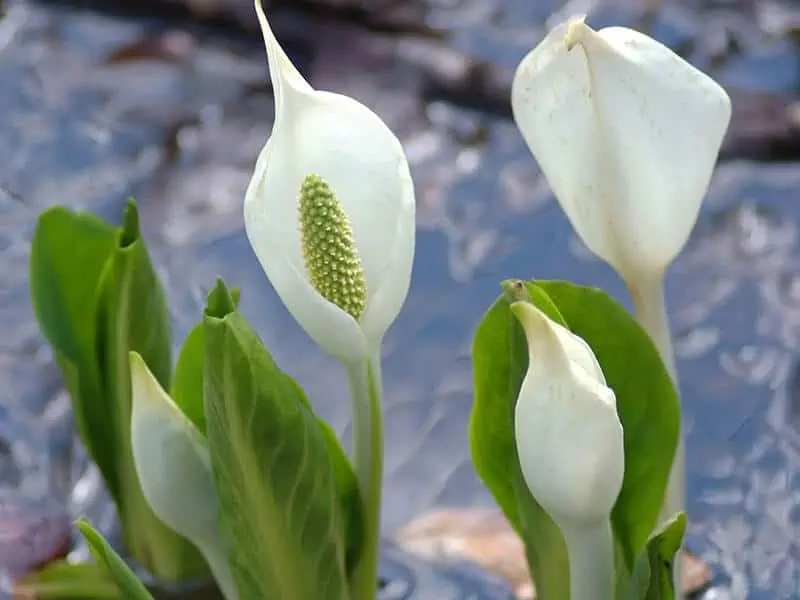
A charming Skunk Cabbage plant, scientific name Symplocarpus foetidus, is a large plant. It grows best outdoors and requires deep, fertile soil.
Skunk Cabbage is an early-bloomer, and can repeal nasty snakes with its stinky flowers! The blooms are pretty but have a somewhat unpleasant smell.
Most humans tolerate the smell, but snakes won’t come near these plants!
11. Artemisia Absinthium
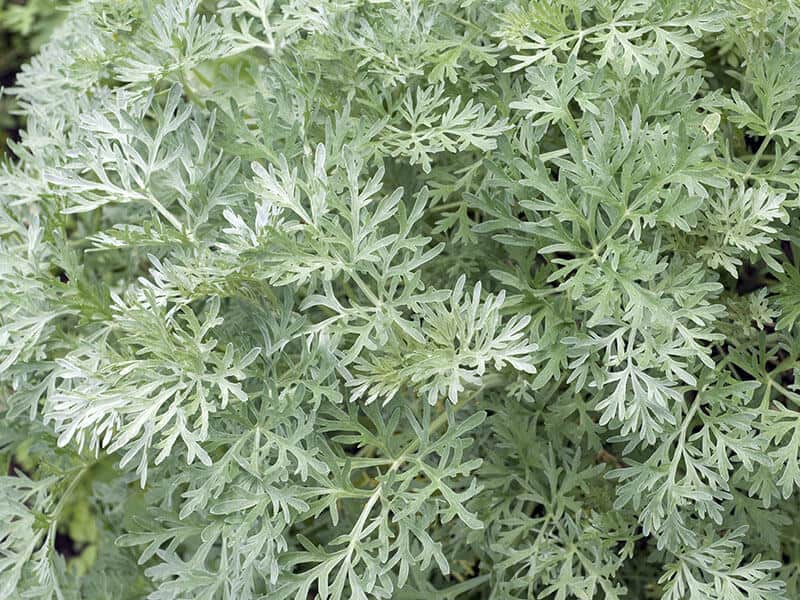
Artemisia Absinthium is a poisonous plant similar to common Mugwort. The plant is native to Africa but widely spread in Canada and northern parts of the USA. It develops a distinctive smell that deters snakes.
The smell is sharp and overpowering, and this herb grows best in a bright spot. The plant is resistant to pests and disease, but aphids may occasionally feed on the plant.
If you want to keep the plant healthy, prune it in the spring when the danger of frost has passed.
12. Cactus
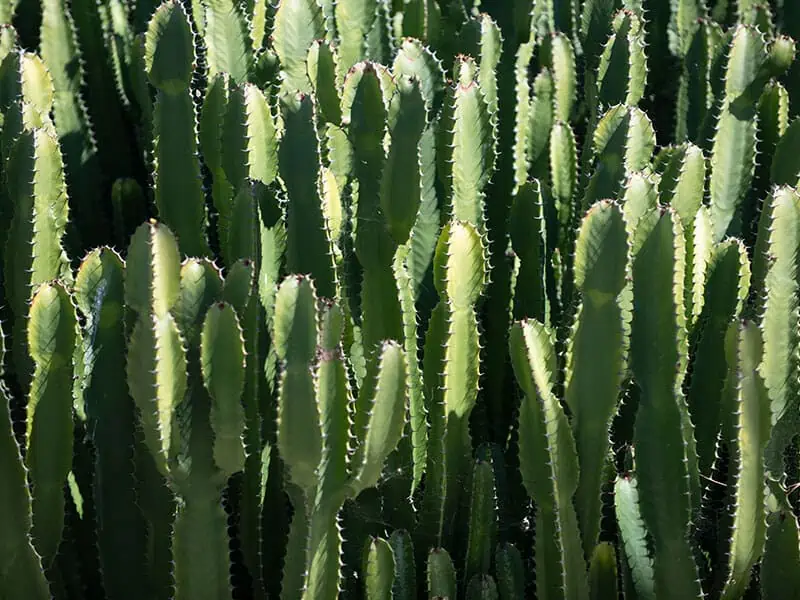
Cactaceae or Cactus needs a lot of sunlight and excellent drainage for the soil. You can also grow the plant indoors, in a south-facing window. In areas where the temperatures don’t drop below 65 degrees Fahrenheit, Cactus can grow outdoors. In colder areas, protect the plant during winter.
There are numerous Cactus plants, so you need to check each plant for specific growing details.
13. Jimsonweed
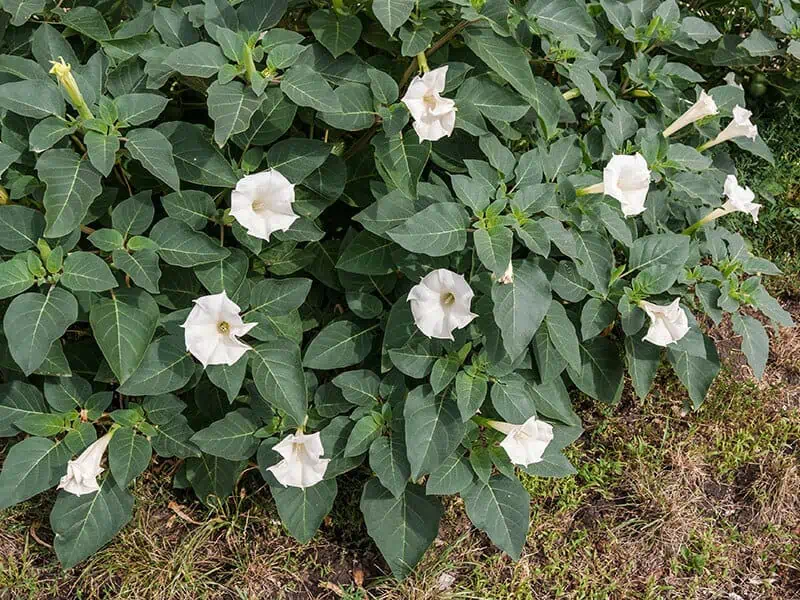
Jimsonweed or Datura stramonium is a resistant plant, which isn’t prone to pests and diseases. Once you plant it, Jimsonweed needs a lot of watering. Established plants are more drought-tolerant.
The plant is a weed, and you can expect invasiveness. However, regular pruning will keep the plant in control. Lighting requirements for Jimsoneweed are full sun exposure. The plant also needs well-drained soil to thrive.
14. Kaffir-Limes
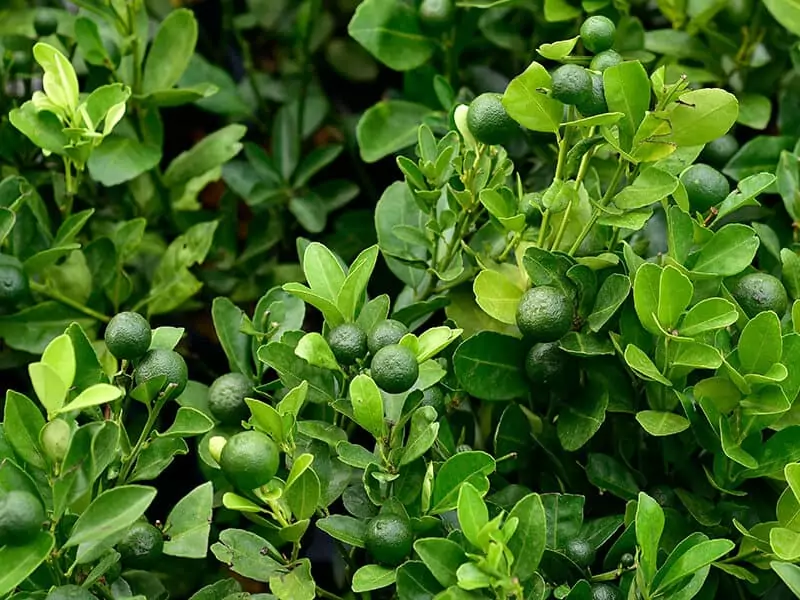
Pick a sunny spot in your garden to grow Citrus hystrix or Kaffir-Limes. When planting Citrus hystrix, start by picking a large hole that is at least two times as large as the root ball of the plant you’ve got.
Use fertilizer to help the plant establish sooner and water the plant two times per week.
Kaffir Limes is best known for its aromatic leaves and fruits. You can grow it in a garden or pot. Keep in mind that potted plants need more moisture than those in the garden.
15. Clove Basil
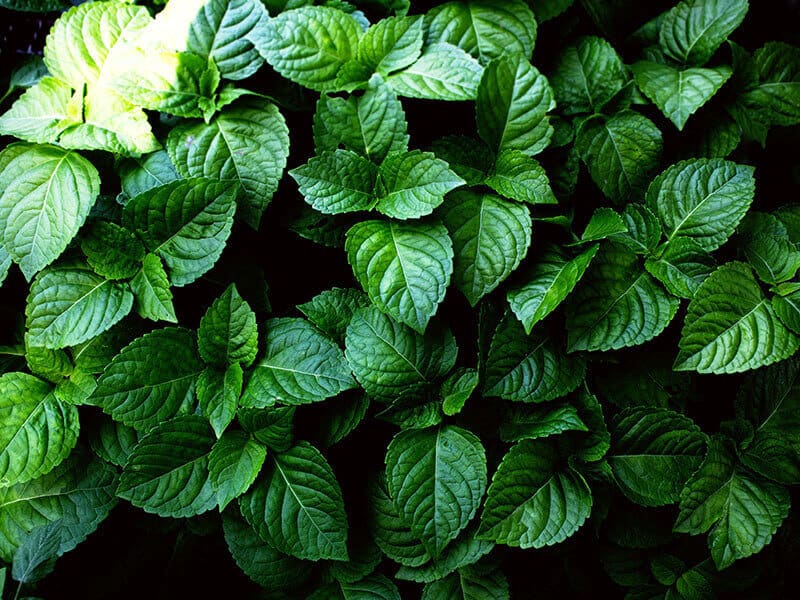
Ocimum gratissimum or Clove Basil is an amazing plant with numerous benefits. One of them is the natural snake-repellent properties! Clove basil does well as a container plant and can survive indoors or outdoors.
The plant is easy to grow from seeds. You can start them in fertile soil, and full sun location. The plant needs a lot of watering, but the soil needs to be well-drained.
Importantly, when the plant starts producing flowers, remove them to keep the plant healthy and foliage luscious!
You can see this video to know more:
16. Yellow Alder
Turnera ulmifolia is the scientific name of Yellow alder, a plant known for bright yellow flowers and snake deterring properties.
Yellow alder thrives in full sun and produces the most amazing flowers in bright spots. However, the plant can also survive in partial shade.
It is also adaptable to soils with different pH values and moisture levels. Interestingly, frost can kill the plant to the ground. But, when the spring warmth hits, your Yellow Alder will wake up!
The plant is most effective in snake repelling in Florida.
17. Rue
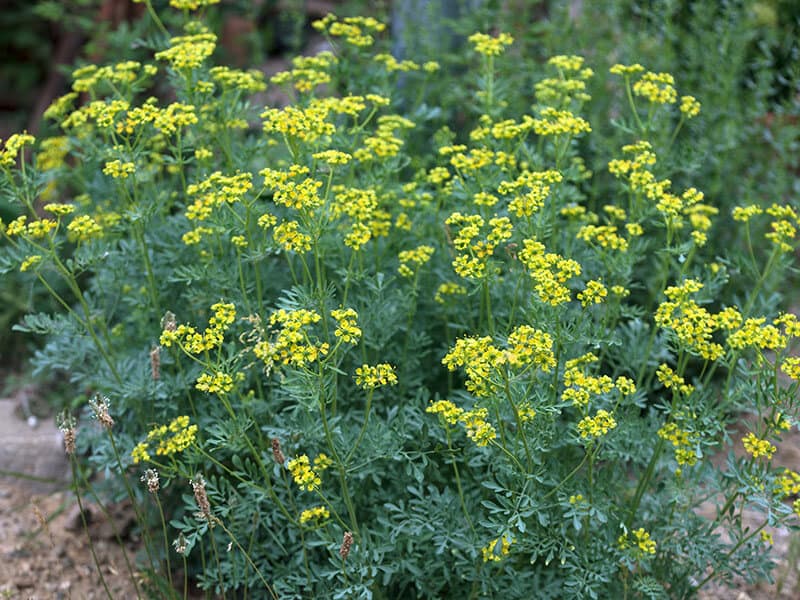
Ruta graveolens or Rue plant is a hardy, deer-resistant plant that can tolerate harsh conditions. Rue survives in dry, rocky soil and benefits from spring pruning. In early spring, you have to remove old stems to boost the growth in the new season.
The plant is very toxic and you should be careful when working with it. Luckily, it also has stunning snake-repellent properties!
Ruta graveolens is a pest-resistant plant. However, if the soil is soggy, rotting can occur.
18. Onion and Garlic
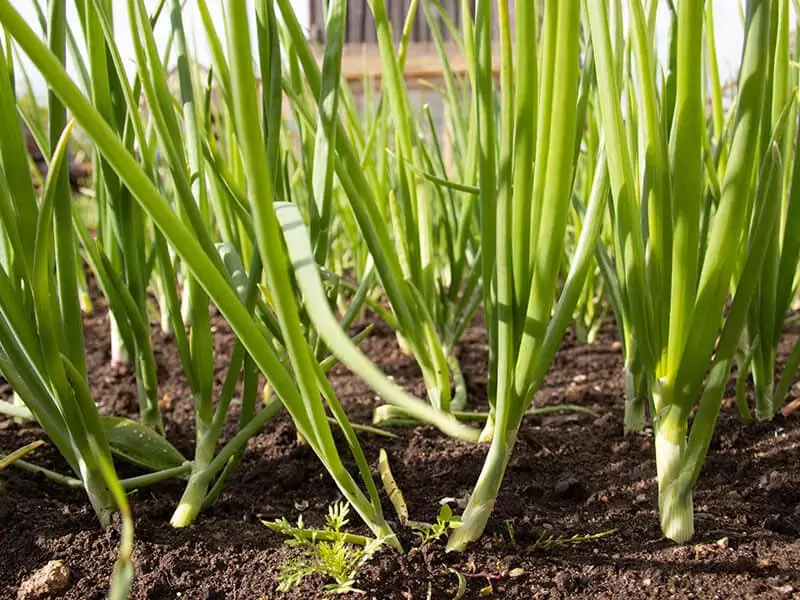
Allium cepa and Allium sativum – Onion and garlic, the plants you use in the kitchen every day, are in fact great for keeping the snakes away. Growing them in your garden will ensure you always have fresh veggies and a snake-free garden.
These plants disperse a distinctive smell, which snakes cannot tolerate. The smell confuses the snakes and acts like pepper spray for them!
You can plant these vegetables in the spring or fall and enjoy fresh crops year-round.
You can see this video to know more:
19. Black Turmeric
Curcuma caesia or Black Turmeric grows best in a loamy soil. You should also ensure excellent drainage to prevent water-clogging.
You can grow it indoors, from rhizomes. You’ll have to cut them into sections with several buds. Start with the standard 3-inch container, and choose high-quality potting soil.
After planting, the plant needs a lot of water. From that moment, you should expect the harvest in about ten months. Ideal planting timing is ten months before the first expected frost in the fall.
Black Turmeric is an exotic and aromatic plant from the ginger family, great for kitchen and snake-free patio!
20. Indian Birthwort
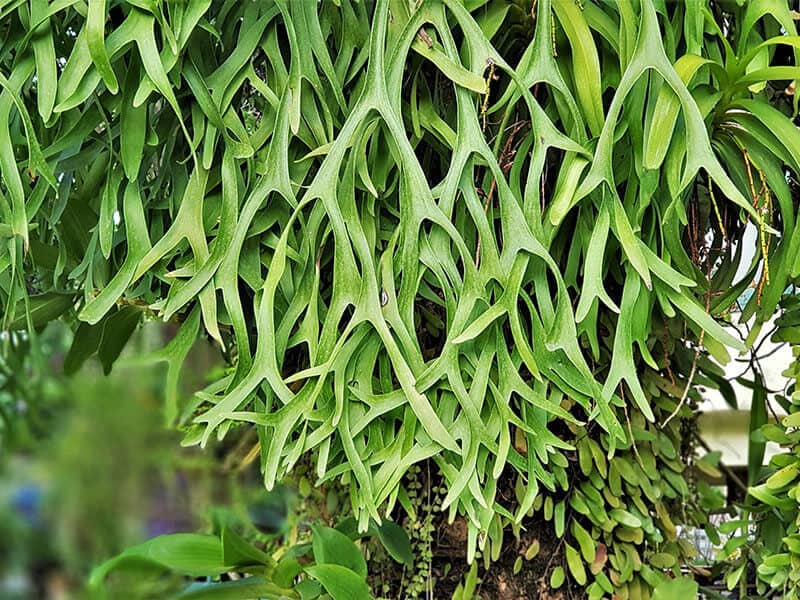
Aristolochia Indica or Indian Birthwort repels snakes, but also has medicinal properties. It aids recovery after a snake or scorpion bite and can reduce swelling after a bee bite.
Therefore, it is a great plant to grow in your garden.
Indian Birthwort is a woody vine with exceptional climbing possibilities.
You can propagate it by stem cuttings. The plant grows best in full sun location and has moderate watering requirements.
You can see this video to know more:
21. Senna Plant
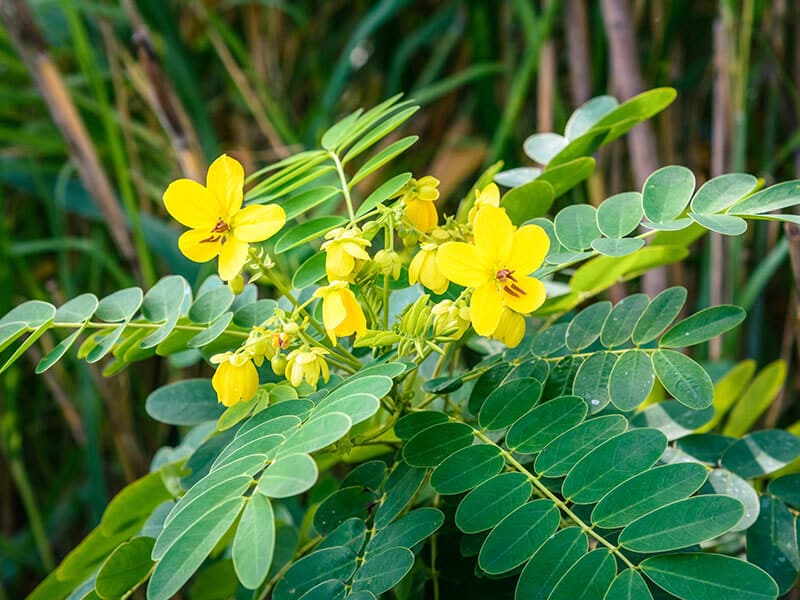
Senna plant grows in moist soil in the wild. But, it can also survive a lot of sunlight hours and drier soil. Senna is used in traditional medicine as a laxative when prepared as tea! However, it can also keep your garden free of serpents.
Senna isn’t a snowy plant, it can blend with all other plants in your garden. Because it is drought-tolerant, growing the Senna plant is simple.
Keep Snakes Away With Multibeneficial Plants
People grow plants for multiple reasons – for crops, decoration, fragrance, health benefits, etc. But, some plants can do more than that – they can keep snakes at a safe distance!
There is still more scientific research to be done about the effects of snake repellant plants. There is an extensive gardening experience that speaks in favor of the snake-repellant properties of these plants!
If the article is useful to you, show support and hit the like button! Come back for more gardening tips and lists!
